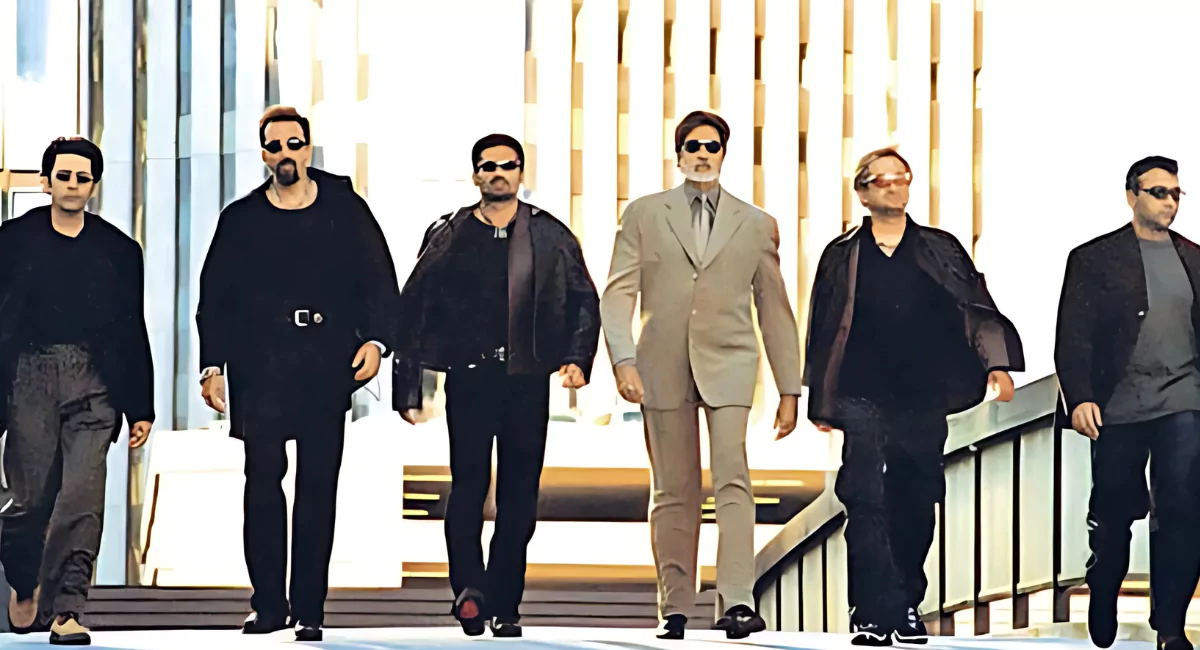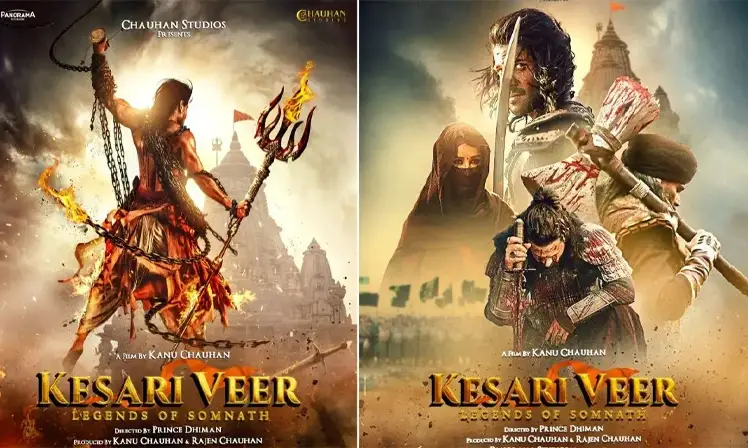They say, “All work and no play makes Jack a dull boy,” but what happens when the play itself becomes all about the money?
Anurag Kashyap’s recent departure from Mumbai’s film scene raises questions about Bollywood’s obsession with profit over storytelling. His move to Bengaluru offers a glimpse into the shifting dynamics of India’s cinematic landscape.
Anurag Kashyap, renowned for films like “Gangs of Wasseypur” and “Dev.D,” has relocated to Bengaluru, citing Mumbai’s film industry’s “toxic” environment. He expressed frustration over Bollywood’s focus on profit margins, stating, “The joy of filmmaking is sucked out.”
Kashyap’s latest film, “Kennedy,” premiered at the Cannes Film Festival but remains unreleased in India due to financial issues with the producing studio. This situation exemplifies his concerns about the industry’s prioritization of commercial success over creative endeavors.
In Bengaluru, Kashyap finds a more liberating atmosphere, allowing him to explore projects in regional languages like Malayalam, Tamil, Telugu, and Kannada. He praises these industries for their creative freedom, contrasting them with Mumbai’s commercial focus.
This trend aligns with observations that Bollywood’s emphasis on high-budget, star-driven films often overshadows original storytelling. Filmmakers like Imtiaz Ali advocate for a return to narrative-driven projects, moving away from formulaic approaches.
The industry’s fixation on achieving box office milestones, such as the “100 Crore Club,” has led to a formulaic approach, neglecting diverse storytelling. Critics argue that this focus limits the exploration of varied narratives and genres.
Financial pressures have also led to inflated production costs, making it challenging for mid-budget films to find a place in the market. This situation affects the diversity of content available to audiences, narrowing their cinematic choices.
Kashyap’s departure highlights a broader industry shift, with significant investments influencing creative decisions. The sale of a 50% stake in Dharma Productions to Adar Poonawalla underscores the growing commercialization of Bollywood.
The rise of streaming platforms has further complicated the industry’s dynamics, offering audiences diverse content but also contributing to the decline of traditional cinema. Balancing profitability with artistic expression remains a significant challenge for Bollywood.
Also read: Why we must support Anurag Kashyap!
Kashyap’s move serves as a catalyst for discussions about the future of Indian cinema, emphasizing the need for a balance between commercial viability and creative authenticity. His journey reflects a broader search for spaces where storytelling can flourish without compromise.

















